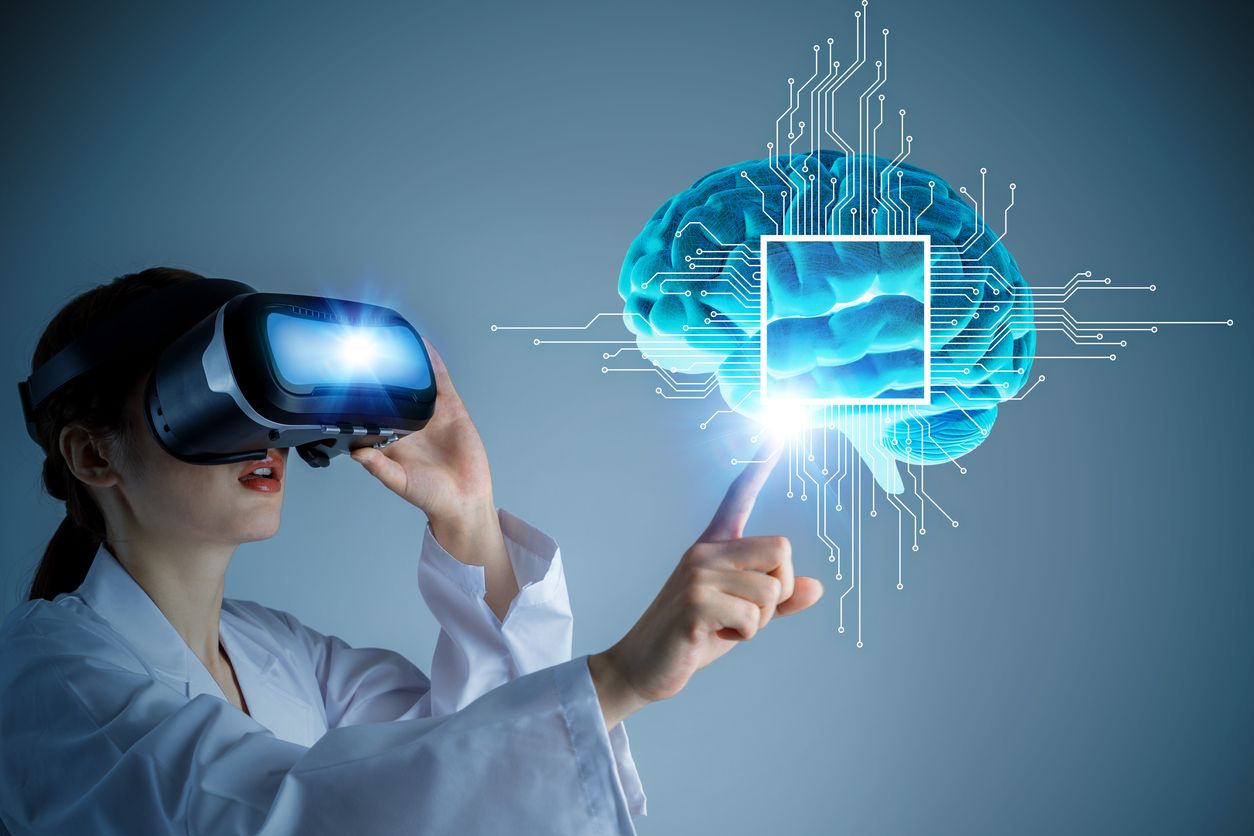
Science can finally describe a sufficiently complicated system to model the brain. They conceived a general-purpose machine based on a processing unit made. This project was intended to prove our capacity to model biological systems has reached a critical juncture. the human brain will deliver on the original promise of computer science. The neurons were arranged randomly, and the short time scale makes the practical applications minimal. While running, the simulation ate up about 1PB of system memory as each synapse was modeled individually. Scientists have only been able to map the complete. It took 40 minutes with the combined muscle of 82,944 processors in K computer to get just 1 second of biological brain processing time. The connectome is a complete map of the brain, basically the pot of gold at the end of a rainbow for neuroscientists.

Knowing this, it shouldn’t come as a surprise that the researchers were not able to simulate the brain’s activity in real time. To make a digital double for a patient with epilepsy, the Neurotwin team takes about half an hour’s worth of MRI data and about 10 minutes of EEG (electroencephalography) readings and uses these. Scientists believe we all carry 80-100 billion nerve cells, or about as many stars as there are in the Milky Way. While impressive, this is only a fraction of the neurons every human brain contains. Interesting facts about the Human brain and Decision Making: To keep things simple.

Using the NEST software framework, the team led by Markus Diesmann and Abigail Morrison succeeded in creating an artificial neural network of 1.73 billion nerve cells connected by 10.4 trillion synapses. How far are we from replicating the Human Brain into a Computer.


 0 kommentar(er)
0 kommentar(er)
